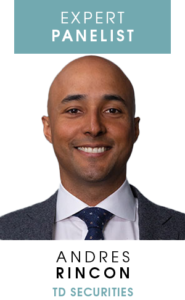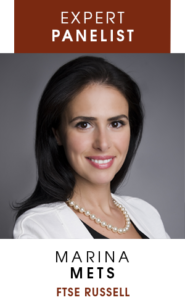
The need for income from investments has become more important than ever given an ageing population, higher inflation, and cost of living. There are many ways to earn income from investments, but two distinct pathways emerge: the well-trodden path of traditional income and the emerging use of covered call strategies. Let’s dive a bit deeper into the two methods.
Covered Call Strategy: A Paradigm Shift in Income Generation
The covered call strategy is an investment strategy that involves the purchase of an underlying asset, such as a stock, and the sale of a call option on that same asset. By selling the call option, the investor agrees to sell the underlying asset at the strike price of the option if the option is exercised. Essentially, they involve holding a portfolio of stocks while simultaneously selling call options on those holdings. This approach creates a dual stream of income: dividends from the underlying stocks and premiums collected from the sale of call options.
- Balancing Act: Income vs. Capital Appreciation
The allure of the covered call strategy lies in its potential to provide a higher yield compared to traditional income investments. Furthermore, the yield generated by writing call options is taxed more preferably under capital gains account while interest income from fixed income products (such as GICs) is taxed under income.
Traditional Income Investments: The Time-Tested Approach
- Classic Income Investments
In contrast, traditional income investments have been around for a very long time and can be a reliable source of income. This category includes bonds, GICs, and dividend-paying stocks. Bonds provide regular interest payments, GICs offer fixed interest rates, and dividend stocks distribute periodic income.
- Stability and Predictability
The hallmark of traditional income investments is their stability. Bond interest payments, GICs, and dividend distributions are relatively predictable. This predictability appeals to investors who prioritize a steady income stream and wish to avoid the potentially higher volatility associated with other investment options.
Comparing Covered Call Strategies and Traditional Income Investments
Yield Potential
Covered Call strategies typically offer a higher yield due to the combination of dividends and option premiums. This can be especially attractive for income-focused investors seeking higher returns. In contrast, traditional income investments tend to provide more modest but steady income streams.
Risk and Upside Potential
The risk profiles of these two approaches differ significantly. Covered Call strategies come with a form of built-in risk management due to the sale of call options, which helps mitigate losses during market downturns. However, this strategy also limits potential gains. Traditional income investments come with their own risks, such as interest rate fluctuations affecting bond prices.
Market Environment
Market conditions play a crucial role in the performance of these two options. Covered Call strategies tend to shine in stable or mildly bullish markets, where consistent option premiums can be collected. Traditional income investments, on the other hand, can offer reliable income regardless of market conditions, making them resilient during market volatility.
Income-seeking investors have a comprehensive and vast landscape of investment possibilities available to them. Both strategies offer a wide array of benefits and drawbacks and depending on the goals and preferences, one can create an income focused portfolio that can benefit from using covered call strategies, traditional income investments or both.
Disclaimer:
Commissions, management fees and expenses (if applicable) may be associated with investments in mutual funds and exchange traded funds (ETFs). Trailing commissions may be associated with investments in mutual funds. Please read the fund facts, ETF Facts or prospectus of the relevant mutual fund or ETF before investing. Mutual funds and ETFs are not guaranteed, their values change frequently, and past performance may not be repeated.
For a summary of the risks of an investment in BMO Mutual Funds or BMO ETFs, please see the specific risks set out in the prospectus of the relevant mutual fund or ETF. BMO ETFs trade like stocks, fluctuate in market value and may trade at a discount to their net asset value, which may increase the risk of loss. Distributions are not guaranteed and are subject to change and/or elimination.
BMO Mutual Funds are offered by BMO Investments Inc., a financial services firm and separate entity from Bank of Montreal. BMO ETFs are managed and administered by BMO Asset Management Inc., an investment fund manager and portfolio manager and separate legal entity from Bank of Montreal.
Changes in rates of exchange may also reduce the value of your investment.
®/™Registered trademarks/trademark of Bank of Montreal, used under licence.












































